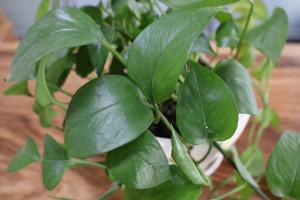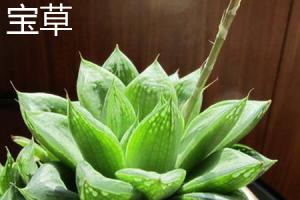How to Pot Spider Plant Baby
Spider plants are popular houseplants due to their easy care and unique appearance. They are also known for producing "babies" or offshoots from the parent plant that can be propagated to create new plants. In this guide, we will teach you how to pot spider plant babies.
Step 1: Identify the Spider Plant Babies
The first step in potting spider plant babies is to identify them. These babies will appear as small plantlets on the parent plant's stems. Once they have grown to a decent size, they can be removed and potted individually. It's best to look for spider plant babies when watering your plant, as this is typically when they become more visible.
Step 2: Gather Your Supplies
Before you begin potting spider plant babies, it's important to gather all the supplies you'll need. You'll need a small plant pot, fresh potting soil, and some water. You may also want to have a pair of gardening gloves on hand to protect your hands from dirt and possible prickly spider plant leaves.
Step 3: Prepare the Pot
Take the plant pot and fill it with fresh potting soil, leaving about an inch of space at the top. Gently tamp down the soil to make sure it's level and firm. Make a small hole in the center of the soil where you will place the spider plant baby.
Step 4: Remove the Spider Plant Baby
When removing the spider plant baby, it's important to use a clean, sharp pair of scissors or pruning shears. Cut the baby off at the base of its stem, making sure to get as much root as possible. Gently brush away any dirt or debris from the roots to make sure they're clean and healthy.
Step 5: Pot the Spider Plant Baby
Once you've removed the spider plant baby from the parent plant and cleaned the roots, it's time to pot it. Place the baby in the center of the hole you made in the soil and gently pack the soil around it to hold it in place. Make sure the base of the baby's stem is level with the soil surface. Water the baby gently and place the pot in a bright area with indirect sunlight.
Step 6: Care for Your New Spider Plant Baby
Now that you have potted your spider plant baby, it's important to care for it properly. Keep the soil moist but not waterlogged, and make sure the plant gets plenty of bright, indirect sunlight. Spider plants do well in temperatures between 60 and 75 degrees Fahrenheit, so keep your baby plant in a room that falls within that range. You may also want to consider fertilizing your spider plant baby once a month with a balanced houseplant fertilizer.
Conclusion
With these simple steps, you can easily pot your spider plant babies and create new plants to enjoy. Remember to keep your plants well-cared for, and you'll have a thriving spider plant collection in no time!

 how many times do yo...
how many times do yo... how many planted tre...
how many planted tre... how many pine trees ...
how many pine trees ... how many pecan trees...
how many pecan trees... how many plants comp...
how many plants comp... how many plants can ...
how many plants can ... how many plants and ...
how many plants and ... how many pepper plan...
how many pepper plan...
































